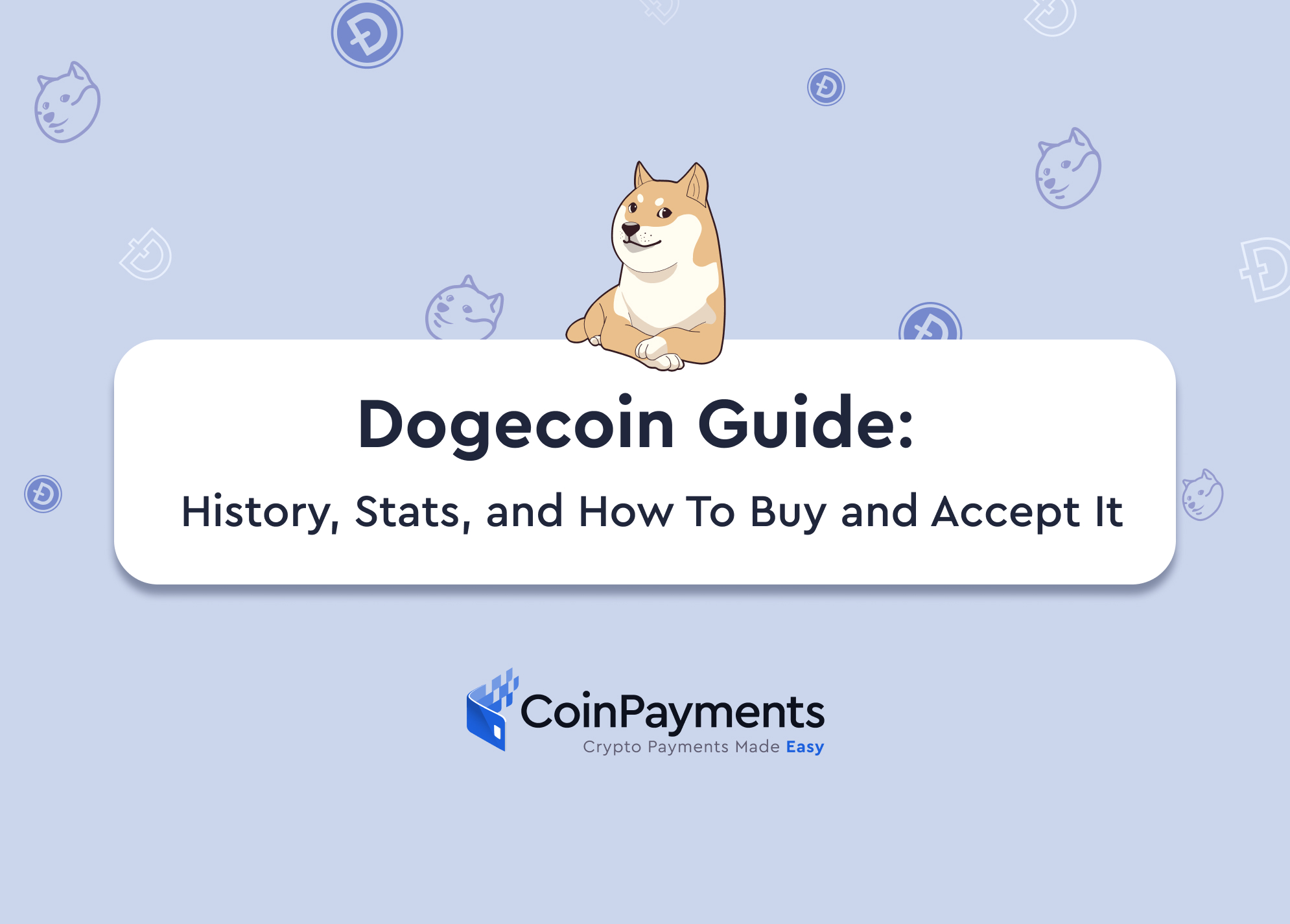
Let’s start with some of the basics surrounding the digital currency named Dogecoin (DOGE).
In a nutshell, Dogecoin is a cryptocurrency. But unlike other crypto tokens, Dogecoin started as a joke. It takes its name and iconic logo from the Shiba Inu dog meme, which first became popular in the early 2010s because of an internet meme.
Dogecoin was created by Jackson Palmer, who was then a software engineer working for Adobe. According to Palmer, the concept of Dogecoin came about when he saw two pages about cryptocurrency data and memes. He combined the two ideas, inspired to make fun of the skepticism and greed of the crypto market at the time.
Once Palmer had the original idea, he partnered with Billy Markus, an IBM developer, and the pair launched Dogecoin on December 6, 2013.
The million-dollar question is whether the value of Dogecoin is real – and whether any crypto token has true value.
That said, Dogecoin is cheap to buy and sell in cryptocurrency trading, and anyone can get their hands on a big chunk of Dogecoins without having to hustle. Even though there’s no coin market cap on the number of Dogecoins that can circulate, Dogecoins aren’t produced at a rate fast enough to stop a Dogecoin purchase from affecting the DOGE price overall. There is an unlimited supply and no market cap.
Dogecoin doesn’t have any inherent value, but that’s no different than Bitcoin and other cryptocurrencies.
Dogecoin differs from other types of cryptocurrencies in how it is mined and its origin. Dogecoin’s protocol is based on that of the now-defunct crypto token Luckycoin. Luckycoin itself was initially a fork or variety of Litecoin, which is an offshoot of Bitcoin.
Forks in the crypto market occur when blockchains diverge into multiple paths, which sometimes lead to new encryption protocols and completely different crypto tokens.
This crypto’s blockchain can process 30 transactions per second at the time of this writing, which is significantly faster than the processing speed for Bitcoin. To ensure information integrity, it leverages a proof of work consensus algorithms – Auxiliary Proof of Work – which allows miners of other crypto tokens to mine Dogecoin simultaneously and for no extra cost in a process called merged mining.
This is an ingenious solution and one of the reasons why Dogecoin has permeated the market so thoroughly despite its low relative value to other cryptocurrencies.
Dogecoin rewards miners for each block of transaction data they verify. Initially, the block rewards for Dogecoin miners were supposed to be random, varying between zero DOGE and 1 million DOGE. In theory, the mining rewards would continue until there were 100 billion Dogecoins on the market.
However, this Dogecoin cap was achieved in February 2018, a little over five years since the coin launched. Since the state, Dogecoin has changed its mining rewards to provide a flat rate of 10,000 Dogecoin for each verified block.
At current mining rates, nearly one transaction block of information is mined every minute. Unlike crypto tokens like Bitcoin, Dogecoin has no coin limit. You read that right – in theory, there’s no limit to how many Dogecoins could be put into circulation.
This potentially introduces the possibility of inflation. The original creator of Dogecoin, Palmer, stated that he should have set a cap for the tokens at 100 billion Dogecoin, but he did not do this to keep the cost of the token low. Dogecoin was originally created as a joke and was never intended to be used as a “real” currency.
Dogecoin necessarily has several major differences compared to Bitcoin. These include:
That largely depends on your definition of success!
Palmer and Markus originally envisioned Dogecoin to be something of a mockery of many crypto tokens. In this sense, they definitely succeeded – they proved that cryptocurrencies could be created out of nothing and that people would pay money to purchase them.
Dogecoin has also been successful in that it has allowed many people to make money off the token and its massive rises and falls on the market.
When it comes to buying cryptocurrency, the process may be more straightforward than you expect. All you have to do is open an account with a cryptocurrency exchange platform that supports Dogecoin, add funds to the account, and then use those funds to purchase a share of Dogecoin. CoinPayments is a crypto payment gateway that makes it easy for you to buy and exchange cryptocurrency like Dogecoin.
If you’re a business owner, you may want to start accepting Dogecoin as currency for your products.
Fortunately, CoinPayments makes it easy to accept both Dogecoin and other cryptocurrencies at your e-commerce business site. With our merchant account and tools, you can accept, trade, convert, and control all your crypto coins from one convenient location. See how we can help you make business easy and offer extra payment options to your customers today!
Sources:
What Is Dogecoin And How Does It Work? | Forbes Advisor
Dogecoin (DOGE) Definition – Cryptocurrency | Investopedia